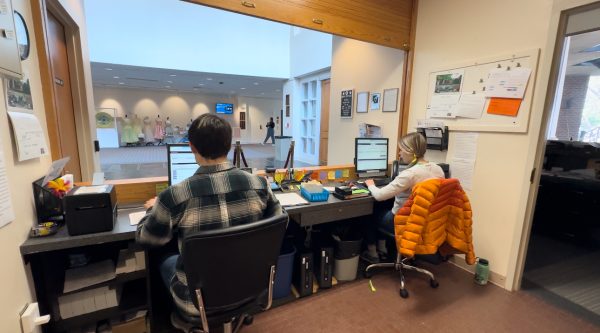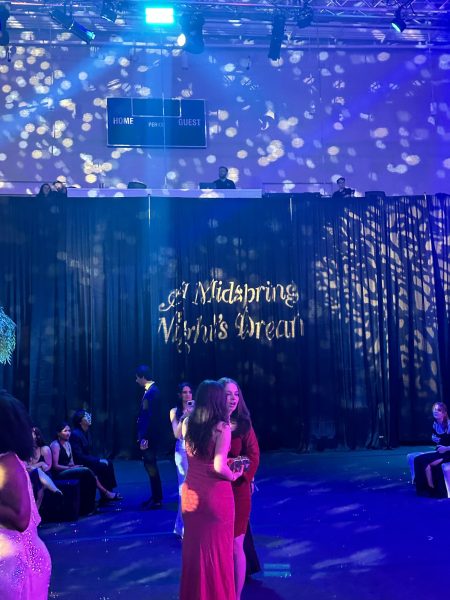Reconsidering the courtroom
Interactive, trial-based play helps audience evaluate how race, religion, class factor in judicial system
November 7, 2017
“You already know everything you need to know about this case,” the judge said to a jury of W&L students, faculty and administrators before the trial began.
The judge was the actor James Leaming, sitting in the official seats of the W&L Law School’s Millhiser Moot Court Room on Oct. 18.
Questioning the assumptions about the people on trial was one goal of the Defamation Experience, an interactive courtroom play in which the audience is asked to become the jury of a case that claims pulls race, religion and class into the mix. Over 50 students, faculty members and administrators sat as jury members.
Bringing contentious topics to the audience is another goal of the show.
“It’s not that they don’t want to have the conversation,” actress Kimm Beavers said to the audience. “It’s that we don’t know how.”
In the case, the plaintiff has sued for defamation, claiming that the defendant made a false statement about her to a third party, and that the false statement directly caused her financial damage.
The lawyers outline the legal standard to prove defamation, allowing the audience to decide who wins the case. Before the vote takes place, the audience is encouraged to deliberate. After the vote is counted, one actor leads the audience in a discussion.
The Defamation Experience premiered in November of 2010 and has since been performed over 350 times. Venues include high schools, colleges and law schools across the country, from community colleges to the John F. Kennedy School of Government at Harvard University.
The plaintiff of the case is black, and she lives in one of Chicago’s poorest neighborhoods. The defendant is white, and he is a member of an exclusive Jewish country club. These demographic details are used against each character by the opposing side’s lawyers during cross-examination.
After both sides were heard, initial and final votes were taken. In the first round, most jury members were undecided, though both the plaintiff and defendant received a close number of votes. In the final round of voting, the plaintiff won handily.
After the voting, Beavers stepped out of her character to lead the post-performance discussion. She said that the election used to go 75-25 in favor of the plaintiff, but since November, the plaintiff has won closer to 90 percent of the cases.
“Now let’s go a little deeper,” Beavers said. “Did you have a hard time making an objective decision?”
Audience members said they identified with some of the claims made in the case, which included suspicions based on people’s race and presumptions judged by their class.
Some noted that the perceptions of stereotypes about their own race or religion might also influence them to vote in certain ways, particularly when others can see how they choose.
Beavers also noted that bar associations and others working in the legal profession are not immune to their own biases.
“They’re human, just like us,” Beavers said. “They have their own feelings and their own audiences.”
Leaming noted at the close of the play that people are entitled to question the judicial system.
“But the most important thing is that we participate,” he said.
Joelle Simeu, ‘20, said she found the entire event engaging and especially enjoyed the discussion.
“I thought it was kind of a treat that [Beavers] walked us through our thoughts,” Simeu said.












